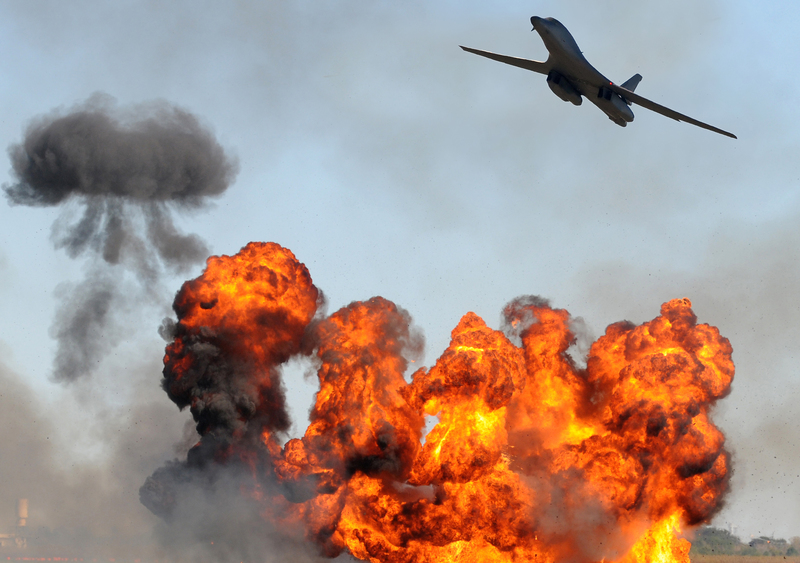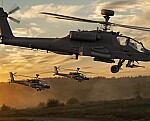Heightened tensions as US and South Korea conduct joint military drills
In a significant display of military prowess, the United States and South Korea conducted a joint precision-guided bombing exercise over the Korean Peninsula on Wednesday, involving the long-range B-1B bomber. This marked the first such drill in seven years, as announced by the South Korean military. The exercise comes at a time of escalating tensions due to recent provocative actions by North Korea, including the launch of balloons filled with debris into South Korean territory.

The drill incorporated the deployment of advanced fighter jets from both the U.S. and South Korea, highlighting the second deployment of a U.S. bomber in the region this year. The primary objectives were to affirm the U.S. commitment to South Korean security and to bolster the combined defense capabilities of the allies. During the exercise, the B-1B bomber executed drops of Joint Direct Attack Munitions (JDAMs), closely escorted by South Korean aircraft. This event was the first U.S. bombing drill of its kind since 2017.
Further demonstrating military readiness, South Korean jets also performed live-firing exercises. These maneuvers were intended to show South Korea's preparedness to counteract any provocations from the North.
JDAMs, known for their precision due to GPS guidance, can be fitted with "bunker-buster" explosives capable of penetrating underground facilities. These munitions are integral to the arsenal of all U.S. bombers, fighters, and drones and have also been provided to Ukraine in its defense against Russian aggression. North Korea has expressed particular sensitivity toward the use of bunker-buster bombs, viewing them as a direct threat to its leadership and extensive underground military infrastructures.
The deployment of the B-1B, capable of carrying a significant payload of conventional weapons, has been repeatedly condemned by North Korea, which perceives it as evidence of U.S. hostility. In response to past deployments, North Korea has frequently conducted missile tests as a form of retaliation.
In a recent provocation, North Korea released numerous large balloons equipped to drop refuse such as manure and waste batteries over South Korea. This act was a tit-for-tat response to South Korean civilian initiatives that involved sending balloons carrying leaflets and other materials into North Korea. In reaction, South Korea vowed to take "unbearable" steps in retaliation and suspended a 2018 military agreement designed to ease border tensions.
The cessation of this agreement allows South Korea to resume various military operations, including live-fire drills and broadcasts of anti-North propaganda across the border, likely prompting further provocations from the North.
In another aggressive move, North Korea recently attempted to launch a spy satellite and conducted tests of nuclear-capable weapons, simulating an attack on South Korea. These actions, including the alleged jamming of GPS signals in South Korea, underscore the volatile state of affairs in the region.
Since 2022, North Korea has significantly increased its missile testing, which experts interpret as an effort to expand its nuclear arsenal and enhance its bargaining power in potential future negotiations with the U.S. However, nuclear disarmament talks with the U.S. have been stalled since 2019, complicating the geopolitical landscape and contributing to the ongoing tensions.










